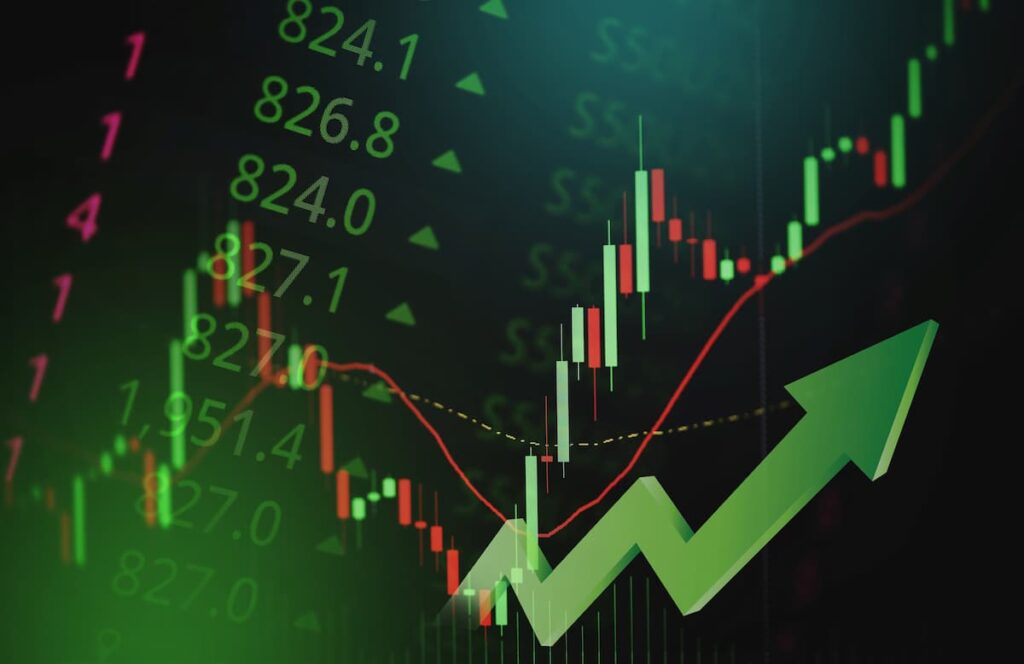Investors pull out of U.S. assets as stocks tumble, gold surges, and economic uncertainty grows.
American financial markets are flashing warning signs as President Donald Trump’s economic policies enter a turbulent phase. With new tariffs rattling global trade and investor sentiment, Wall Street is reacting in ways not seen since the era of the Great Depression, according to recent market data and economic reports.
The Dow Jones Industrial Average has plummeted 9.1% in the first three weeks of April, marking its worst April performance since 1932. The broader S&P 500 is down 14% since the start of Trump’s new term, the worst performance for a president at this point in office since records began in 1928, according to Bespoke Investments.
While stocks staged a modest rebound Tuesday — major indexes gained just over 2% — the scale of the recent losses has analysts and economists sounding alarms.
Investor Exodus: Dollar, Bonds, and Oil Plunge
Beyond equities, the pain is spreading to other asset classes. The U.S. dollar has dropped 5.5% during Trump’s second term so far, its worst start under any president since modern tracking began under Gerald Ford in 1974. Even Trump’s first term, during which the dollar declined 3% early on, pales in comparison.
Traditionally, market uncertainty drives investors toward the relative safety of U.S. Treasury bonds. But that pattern appears to have reversed. Government bonds have been sold off sharply, with the 10-year Treasury yield jumping to 4.4%, just a month after dipping below 4%. Experts note that such rapid movements are highly unusual in the bond market.
Oil prices are also collapsing. U.S. crude is down 19% since Trump’s second term began, the worst start for oil since Bill Clinton’s second term in 1997, when oil plunged 24%. The sell-off reflects fears of declining global demand for travel and shipping amid recession worries.
Gold Surges as Investors Flee Uncertainty
In stark contrast to falling U.S. assets, gold has become one of the market’s few bright spots. On Tuesday, the precious metal soared above $3,500 per ounce, setting a new all-time high. Gold is up nearly 25% since the start of Trump’s second term, obliterating the previous record set under Jimmy Carter in 1977, when prices climbed 13.5% early in his presidency.
The flight to gold reflects a growing unease over Trump’s economic agenda. “The level of uncertainty is too high. It’s not productive,” said Goldman Sachs CEO David Solomon on CNBC. “It will have an effect on the growth of the economy, and we will see that, in my opinion, relatively quickly.”
IMF: Global Economic Order Being ‘Reset’
The International Monetary Fund (IMF) released a sobering report Tuesday, warning of a “new era” in the global economy brought on by Trump’s aggressive trade policies. The IMF predicts slowing growth in the U.S. and abroad, paired with the risk of renewed inflation.
“This is a potentially disastrous combination,” the report stated. The IMF noted that its forecasts had to be revised following Trump’s April 2 “Liberation Day” tariff announcement, in which he imposed 10% across-the-board tariffs and threatened “reciprocal” duties on dozens of countries. While some of these measures have been paused for 90 days, the damage to business confidence appears to be done.
According to the IMF, the abrupt nature of policy changes is causing confusion for businesses and governments. “Consumers, companies, and investors are all trying to navigate a shifting trade landscape with little clarity,” the report said.
Foreign Markets Gain as U.S. Confidence Dips
As confidence in U.S. markets wanes, investors are shifting capital abroad. The MSCI All World Index, excluding the U.S., has risen 2.9% since the start of Trump’s new term. That figure matches the early returns during Joe Biden’s presidency and trails only slightly behind Trump’s own first term — both times when U.S. equities were booming.
Now, with uncertainty rising and historic parallels being drawn to the Great Depression, investors and policymakers alike are watching closely to see whether this downturn will prove temporary — or signal something much deeper.



